Interview quote – What inspired me that "Resonance” on social media is an important moment for providing emotional support.
Co-resonate
This project explores how interaction design can support emotional resonance and self-compassion within the context of online feminist discourse. Based on interviews, ethnographic observation, and participatory workshops, the project identifies emotional resonance as a key yet fleeting experience on social media—one that often goes unnoticed or unprocessed. The design research centers on the question: How might we transform fleeting moments of resonance into sustained emotional support? The project proposes Co-Resonate, a digital toolkit that shifts focus from performative engagement toward quieter, self-reflective modes of interaction. It offers tools for drawing-based emotional expression, including pixel-based doodling and ambiguous visual feedback. These tools are designed to encourage slow interaction and reduce the emotional pressure to perform ideological consistency. Through sacrificial prototypes and user testing, the project highlights the potential of ambiguous, non-verbal expression to create a more inclusive and emotionally supportive online experience.
Project information
My design exploration began with an interest in online feminist discourse, particularly the emotional struggles users face when navigating feminist conversations on social media. In these digital spaces, users expressing feminist views often encounter criticism or self-doubt. Individuals may feel pressured to embody a "perfect feminist" identity — someone who is always brave, vocal, and informed. This pressure often leads to feelings of insecurity, guilt, or frustration. Inspired by femiphrases — short, impactful feminist phrases that circulate online — I began to explore how digital interaction design might better support users who experience these emotional struggles by bringing up my "How Might We" (HMW) question:
"How might we transform fleeting moments of resonance into sustained emotional support? "
I began to reflect on how feminist discourse, particularly in online Chinese feminist communities, often unfolds differently due to cultural, linguistic, and social differences. Considering these existing differences, I chose to focus my project on mainstream Chinese online feminist discourse as the context for my design exploration.
My research investigates how digital interaction design can transform the existing fleeting moments of resonance, for instance “likes” or “forwarding”, into more sustained, dynamic emotional support. This exploration is rooted in the belief that individuals engaged in feminist discourse — or any social movement — may experience pressure to maintain or just coexist with an idealised feminist persona, which can overshadow the importance of self-acceptance and self-care. I aim to design for a more fluid, long-lasting form of digital emotional support, where individuals can prioritise self-compassion over social expectations.
Method
My project adopted a research-through-design approach, combining digital ethnography, semi-structured interviews, and iterative prototyping. I conducted co-creation workshops and drawing-based tests to explore how resonance is expressed and felt. Sacrificial prototypes, such as an AI-generated emotional receipt, were used to provoke reflection and critique. Insights from these experiments guided the development of a speculative digital toolkit designed to support emotional resonance in everyday social media interactions.
Result
The final design outcome of this thesis is a digital toolkit named Co-Resonate, designed to be overlaid directly onto existing mainstream social media platforms. Rather than creating a standalone app or system, the toolkit functions as a gentle intervention that emerges from within users’ existing digital environments. In its idle state, Co-Resonate appears as a small floating icon on the periphery of the screen. When tapped, the entire interface subtly transforms into “resonance mode”—a space where conventional metrics such as likes, comments, or profile identities are removed. This design choice is intentional: by temporarily erasing digital markers of social capital, users are invited into a slower, softer, and more personal interaction space, where emotional expression does not require performance or exposure.
Instead of typical platform functionalities, the interface offers three new ways to respond—Solo-Resonance, Twin-Resonance, and Co-Resonance—each mapped to a common social media gesture. Saving a post activates Solo-Resonance. Liking or replying invokes Twin-Resonance. A two-finger pinch gesture unlocks Co-Resonance, a collaborative, ambient space for many users to quietly respond together. These three modes are not simply functional replacements; they are designed to reflect distinct emotional configurations: being alone with a feeling, sharing it with one person, or quietly being part of a crowd. In doing so, the toolkit reframes digital interaction not as something performative or algorithm-driven, but as something emotional, ambiguous, and human.
UID25 | Xingyu Liu – Grad project presentation
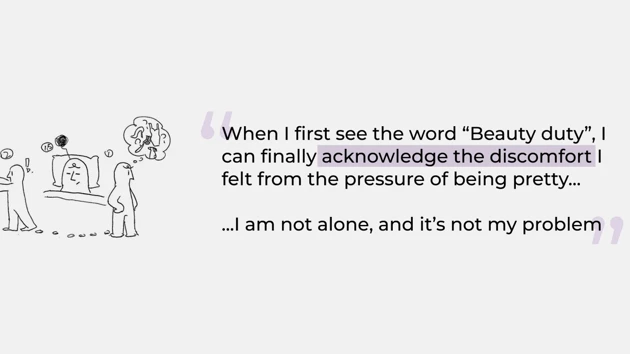
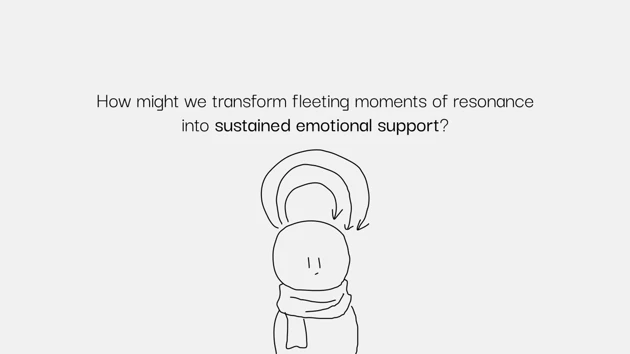
Project How Might We

The 3 use scenarios – solo, for self awareness; twin, for connecting with one other “being”; and co, for sharing space with many others.

Interface of Solo Resonance – Body Map
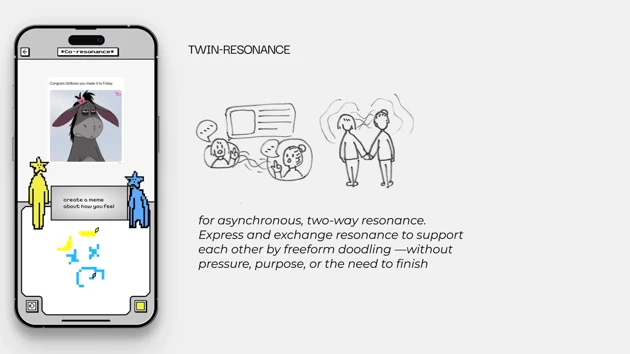
Interface of Twin Resonance – Meme Doodling
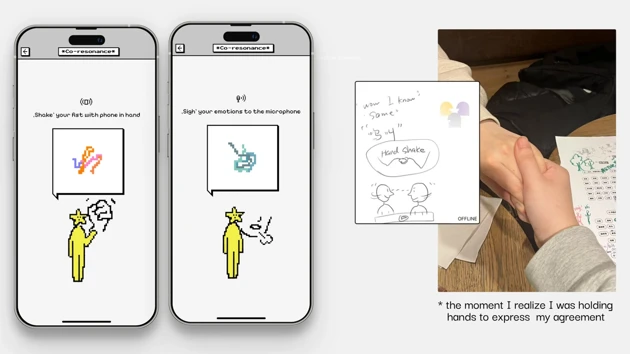
Interface of Co Resonance – Micro-gestures into resonance
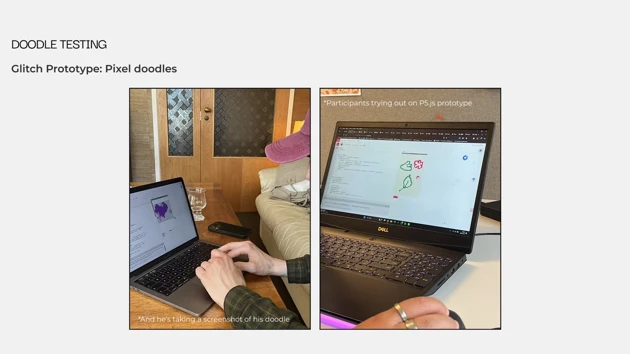
Interface of Twin Resonance – Meme Doodling
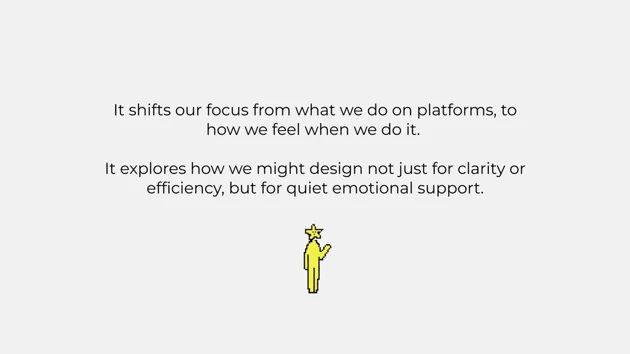
Reflections










